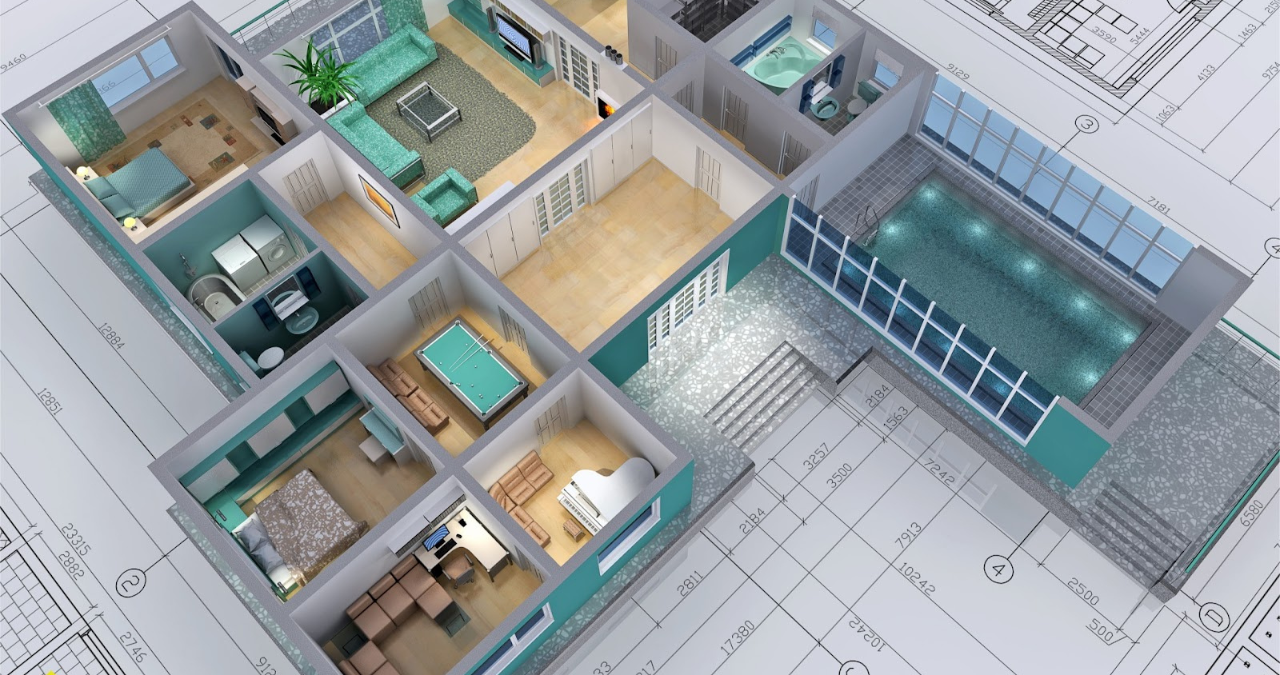Build Your Own House is an exciting and fulfilling journey that gives you the chance to shape your living space from the ground up. While it might seem daunting at first, with careful planning and the right knowledge, building your dream home can become a reality. In this guide, we’ll walk you through every step of the process, from initial planning to moving in. Whether you’re a first-time builder or have some experience under your belt, this guide will offer valuable insights into how to build your own house and make sure the entire process goes smoothly.
Why Build Your Own House?
Build Your Own House isn’t just about putting up walls and a roof; it’s about creating a space that truly reflects who you are, your needs, and your lifestyle. It allows you to avoid compromises, whether that’s in design, layout, or materials. In the end, the satisfaction of having a custom home that’s perfectly suited to you and your family can be immensely rewarding. But beyond personal satisfaction, there are practical reasons why you might choose to build your own house rather than buy one.
Complete Control Over Design
One of the greatest advantages of Build Your Own House is having complete control over the design. From the floor plan to the materials used, every decision is in your hands. You can create a space that suits your taste, fits your family’s needs, and incorporates all the features you’ve always dreamed of having. Whether you want an open-concept living area, a gourmet kitchen, or eco-friendly features, the possibilities are endless when you have full control.
Avoid Compromises
When purchasing a pre-built home, you’re often forced to make compromises, whether it’s with the layout, finishes, or location. By Build Your Own House you can avoid these compromises and get exactly what you want. You won’t have to settle for a home that doesn’t meet your needs. Instead, you can prioritize what’s most important to you—whether it’s having more space, a specific style, or being energy efficient.
Understanding the Costs Involved
Before you embark on your journey to build your own house, it’s important to have a clear understanding of the costs involved. Building a house can be a significant financial commitment, and it’s easy to overlook some of the expenses that might come up. Being prepared will help you make informed decisions and avoid surprises down the line.
Initial Planning and Permits
One of the first costs you’ll encounter is for planning and permits. Depending on where you live, you may need to hire architects or designers to create detailed plans for your home. These plans will be essential for getting the necessary building permits from your local government. The cost for permits can vary greatly based on your location and the complexity of your project, so it’s important to research local regulations.
Construction and Materials
The cost of construction and materials will be the bulk of your expenses. From the foundation to the roofing, every part of your house needs to be built with quality materials. The type of materials you choose will affect both the cost and the longevity of your home. For example, opting for luxury finishes or custom-built features will add to the overall price. It’s important to work with contractors and suppliers to get accurate estimates for your desired materials and construction.
The Building Process: Step by Step
Building a house involves several phases, each of which must be carefully planned and executed. Understanding the process will help you anticipate challenges and stay on track throughout the project. Here’s a breakdown of the essential steps involved when you decide to Build Your Own House your own house.
Step 1: Site Selection and Preparation
The first step in the Build Your Own House process is selecting the perfect site for your new home. This decision will impact the overall cost, design, and feasibility of your project. Look for a location that aligns with your lifestyle and is within your budget. Once you’ve chosen the site, the land will need to be cleared, leveled, and prepared for construction. This might include removing trees, rocks, or debris, as well as addressing any soil or drainage issues.
Step 2: Laying the Foundation
Once the site is prepared, the next step is laying the foundation. There are several types of foundations you can choose from, including slab, crawl space, or full basement foundations. The type you choose will depend on the local climate, soil conditions, and the type of house you want to Build Your Own House. The foundation is crucial because it supports the entire structure, so ensuring it’s done properly is essential for the stability and safety of your home.
Choosing the Right Contractors and Subcontractors
One of the most important aspects of Build Your Own House your own house is hiring the right professionals to handle various aspects of construction. Finding a team you can trust and rely on will make a world of difference in ensuring your project stays on schedule and within budget.
General Contractors
A general contractor will oversee the entire construction process, from coordinating subcontractors to ensuring the project stays on track. It’s essential to hire someone who is experienced and has a good reputation in the industry. Take the time to research potential contractors, read reviews, and check references before making your decision. The general contractor will be your point of contact throughout the project and will help you solve any issues that arise during construction.
Subcontractors
In addition to the general contractor, you’ll need to hire subcontractors to handle specific tasks like plumbing, electrical, HVAC, and roofing. These professionals will come in at various stages of the Build Your Own Houseg process, and it’s important to select highly skilled subcontractors to ensure the work is done correctly. Keep in mind that subcontractors may be recommended by your general contractor, but you should still verify their credentials and past work.
Budgeting and Financing Your Build
Financing your home construction project is one of the most important steps in making your dream home a reality. There are several options available for financing, each with its own pros and cons. Understanding these options will help you make the best decision for your situation.
Construction Loans
A construction loan is a short-term loan used to finance the building process. These loans typically have higher interest rates than traditional mortgages because they are considered riskier by lenders. However, they offer flexibility, as they are tailored to the specific needs of the construction process. The loan is typically disbursed in stages as various parts of the home are completed. Once construction is finished, the loan is usually converted into a traditional mortgage.
Traditional Mortgages
Once the construction of your Build Your Own House is completed, you’ll need to secure a traditional mortgage to pay off the construction loan. A traditional mortgage offers lower interest rates and longer repayment terms, making it an attractive option for many homeowners. Be sure to shop around for the best rates and terms to ensure you’re getting the best deal.
Sustainability and Eco-Friendly Options
More and more people are choosing to build their own houses with sustainability in mind. Incorporating eco-friendly features into your home not only helps the environment but can also save you money in the long run. There are many ways to make your home more sustainable, from energy-efficient appliances to using sustainable building materials.
Energy-Efficient Design
Energy-efficient design focuses on reducing energy consumption by maximizing natural light, improving insulation, and using energy-efficient appliances. You can also consider installing solar panels, wind turbines, or a geothermal heating system to reduce your home’s carbon footprint. While these features might have higher upfront costs, they will pay off over time with lower energy bills and increased home value.
Sustainable Materials
When choosing materials for your home, consider sustainable options like bamboo flooring, recycled steel, or reclaimed wood. These materials are not only environmentally friendly but can also add unique, stylish touches to your home. By using sustainable materials, you’re contributing to a more eco-conscious world while also making your home stand out.
The Final Steps: Moving In and Enjoying Your Home
After months or even years of hard work, the moment you’ve been waiting for is finally here—you’re ready to move into your new home! But before you start unpacking boxes, there are a few final steps to take care of to ensure everything is ready for occupancy.
Inspections and Final Approvals
Before you move in, your home will need to pass a series of inspections to ensure it meets local Build Your Own House codes and safety standards. Your general contractor will coordinate these inspections and address any issues that arise. Once your home passes all the inspections, you’ll receive a certificate of occupancy, which means it’s officially safe to move in.
Final Touches and Interior Design
The final step in the process is adding those personal touches that make a house feel like a home. Whether it’s painting walls, installing flooring, or decorating, this is your chance to make the space truly your own. Consider hiring an interior designer to help you with layout and style choices, or take on the project yourself if you have a clear vision in mind.
Conclusion
Build Your Own House your own house is an incredibly rewarding process that allows you to create a home that is uniquely yours. From the initial planning stages to the final touches, each step is an opportunity to make decisions that will shape your home for years to come. By understanding the costs involved, choosing the right professionals, and staying focused on your vision, you can successfully navigate the complexities of building your own house and turn your dream home into a reality.

